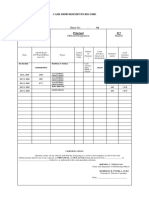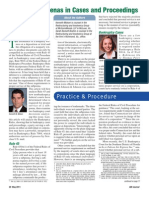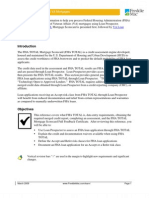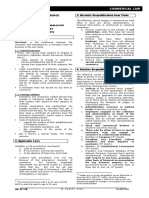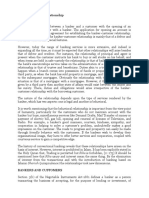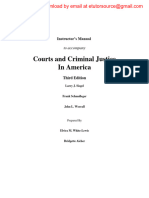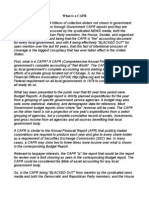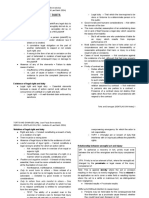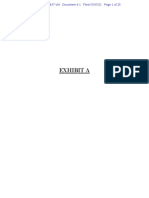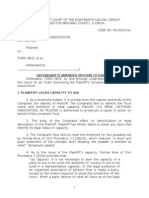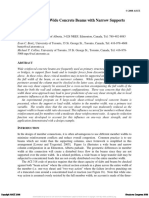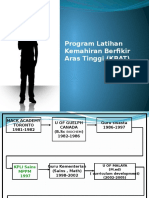0% found this document useful (0 votes)
160 views4 pagesGaap PDF
GAAS refers to the set of guidelines and standards that auditors follow when performing audits of companies' financial statements. There are three main categories of GAAS - general standards, standards of fieldwork, and standards of reporting. The general standards refer to the auditor's qualifications, independence, and professional care. The standards of fieldwork cover audit planning, understanding the company, and obtaining sufficient audit evidence. The standards of reporting specify requirements for the auditor's report, including whether the financial statements fairly represent the company in accordance with GAAP. Following GAAS helps auditors perform consistent, accurate, and verifiable audits.
Uploaded by
Y.h. TariqCopyright
© © All Rights Reserved
We take content rights seriously. If you suspect this is your content, claim it here.
Available Formats
Download as PDF, TXT or read online on Scribd
0% found this document useful (0 votes)
160 views4 pagesGaap PDF
GAAS refers to the set of guidelines and standards that auditors follow when performing audits of companies' financial statements. There are three main categories of GAAS - general standards, standards of fieldwork, and standards of reporting. The general standards refer to the auditor's qualifications, independence, and professional care. The standards of fieldwork cover audit planning, understanding the company, and obtaining sufficient audit evidence. The standards of reporting specify requirements for the auditor's report, including whether the financial statements fairly represent the company in accordance with GAAP. Following GAAS helps auditors perform consistent, accurate, and verifiable audits.
Uploaded by
Y.h. TariqCopyright
© © All Rights Reserved
We take content rights seriously. If you suspect this is your content, claim it here.
Available Formats
Download as PDF, TXT or read online on Scribd
/ 4





